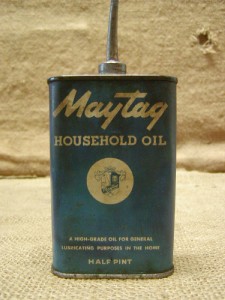Re the idea of increasing the Aux ports wider than 100% of the bore.
This was tested even better than CFD - Jan did it with the RSA on the dyno, lost power.
I believe due to any advantage gained from the extra blowdown area is offset by the much longer path length for the Ex wave
when its past 1/2 way in the bore, and this smears out the pulse amplitude entering the header.
I was asked about Aux ports and spigot design in a PM, and as I cant add pics to a PM, here is the welded duct on a KTM250
with 75% area at the face - 52mm wide by 32mm high, considerably reducing the duct volume in the cylinder just short
of going sonic in EngMod ( PS the floor is 4mm above BDC ).
I added the male spigot, so that the oval to round transition could be made smoothly before entering the pipe header.
Ive got a thing thats unique and new.To prove it I'll have the last laugh on you.Cause instead of one head I got two.And you know two heads are better than one.






 Reply With Quote
Reply With Quote













Bookmarks